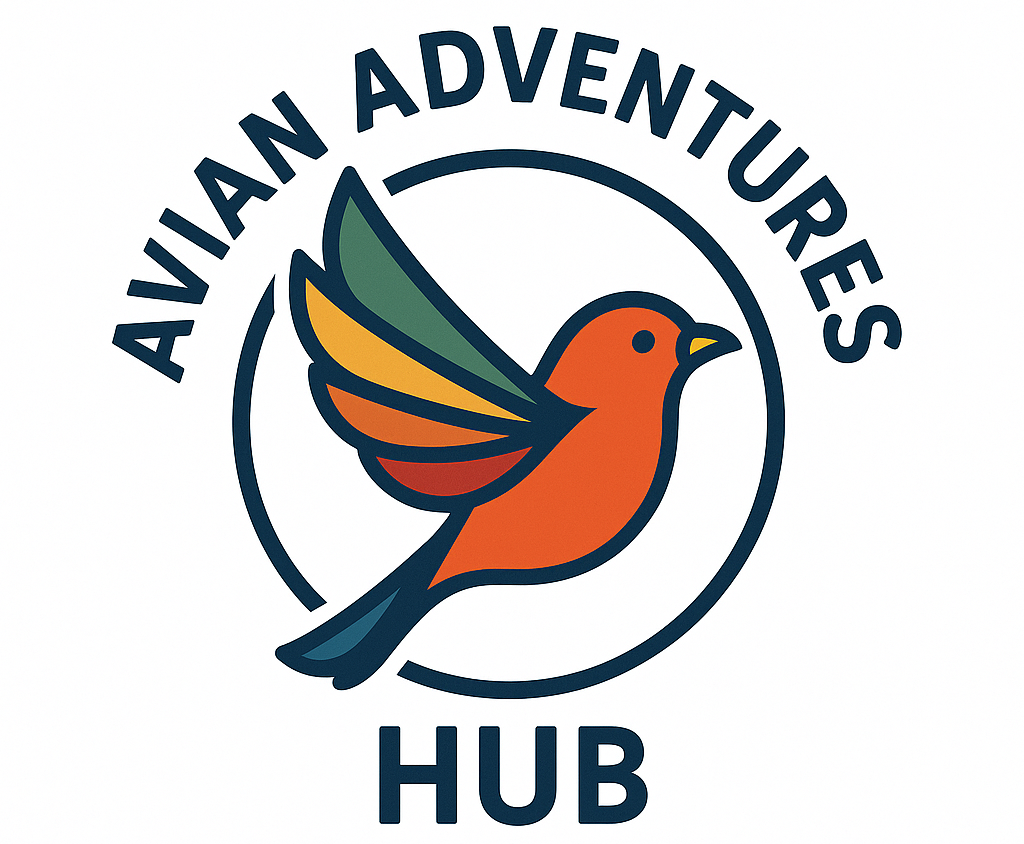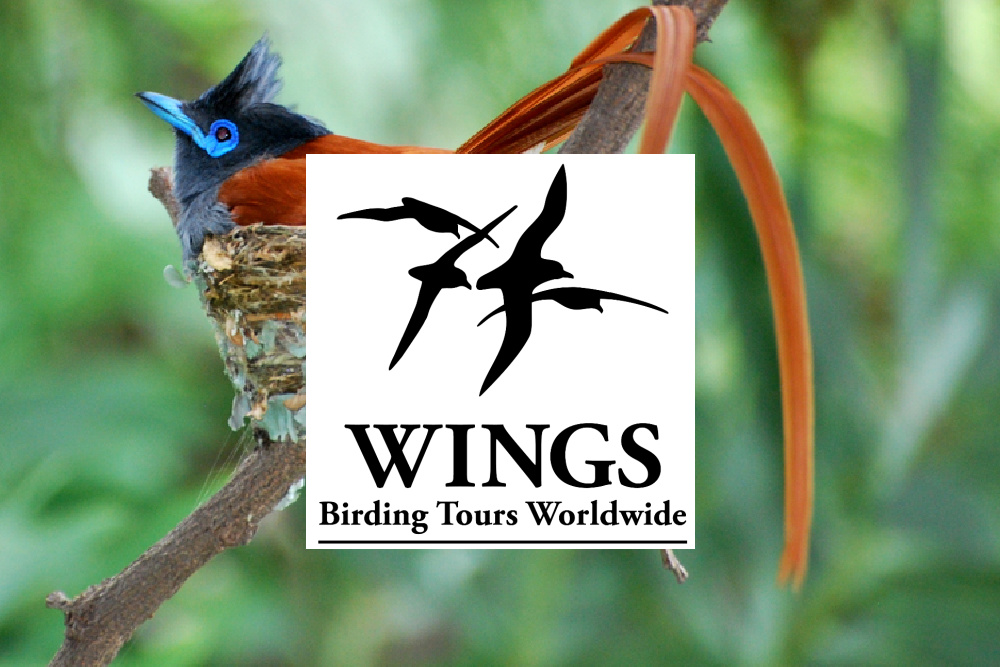Cuba
Click link below to learn more:
Length of trip
Description
Cuba, the largest of the Greater Antilles encompassing over 42,000 square miles, is at its closest point just a bit more than 90 miles south of Florida. For the first part of the 20th century it was the winter playground for the American rich but beginning in the late 1950s, at the start of the Fidel Castro government, it became essentially inaccessible to US citizens. However, bit by bit and especially over the last decade, both the Cuban and U.S. governments have relaxed their rules, and we can once again visit, with only a few minor restrictions.
As bird watchers, we’re immensely grateful for the political accommodation as Cuba has fabulous birds. To begin, there are 30 endemic species, three of which, the Cuban Macaw, the Zapata Rail and the Cuban Kite, haven’t been documented for nearly a century and are probably extinct. We should see over 20 and possibly all of the remaining 27, along with the endemic and vocally distinctive subspecies of Eastern Meadowlark (hippocrepis) which likely merits full species status. Over 20 other species are endemic to the Caribbean region, mostly from the Greater Antilles or from the Bahamas, and we’ll likely see nearly all of them. Many of them represent endemic Cuban subspecies, and the four resident American Kestrel subspecies in the West Indies (subspecies sparverioides in Cuba) collectively likely represent a different species from mainland birds. The summer breeders, including Cuban Martin which breeds only in Cuba, will have arrived by late March and many North American birds, notably warblers, will still be on their winter grounds.
As in many other parts of the world, the habitats of Cuba were severely affected by logging and other activities in the late 19th and early 20th centuries; in Cuba’s case, trees were felled to expand the sugarcane industry. As with most areas, the environmental damage was worst in the lowlands, but despite this, Cuba has an impressive series of national parks and preserves and the government takes conservation issues quite seriously.
Cuba has long catered to European and Canadian tourists and has a good infrastructure of roads and hotels. Historic Camagüey, restored to the Spanish colonial period, is worth seeing by itself, and we’ll spend part of the final afternoon touring the city by bicycle taxi. Finally, Cuba has long cherished its distinctive and fine musical heritage. We’ll be serenaded at a few meals by some of the best musicians in the country.

